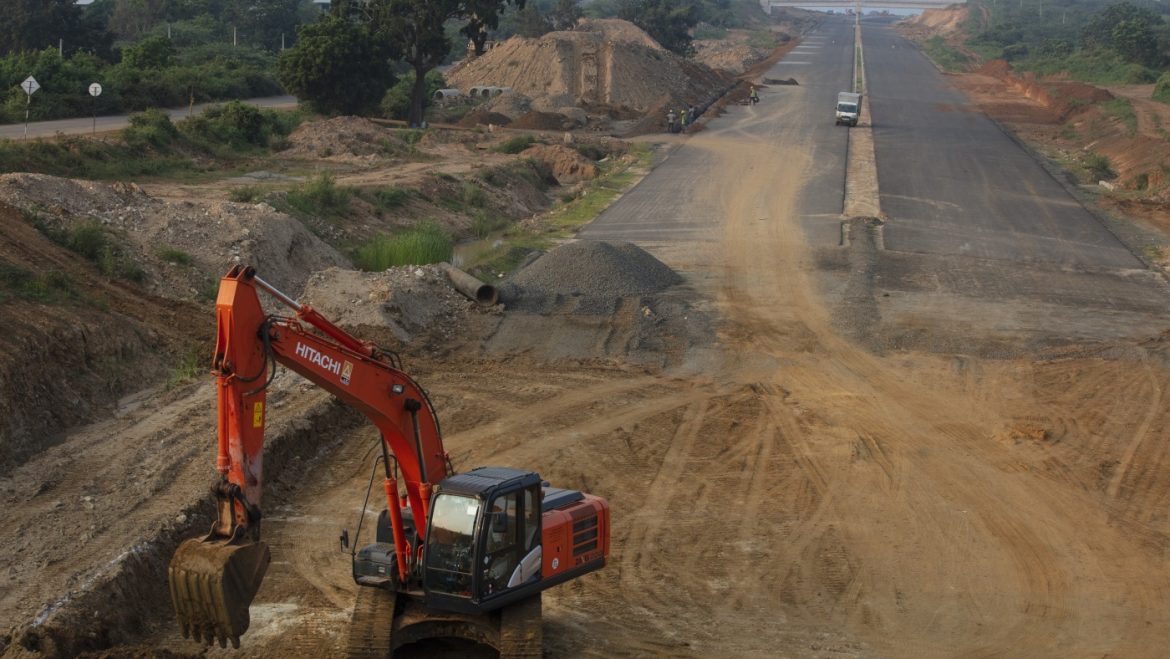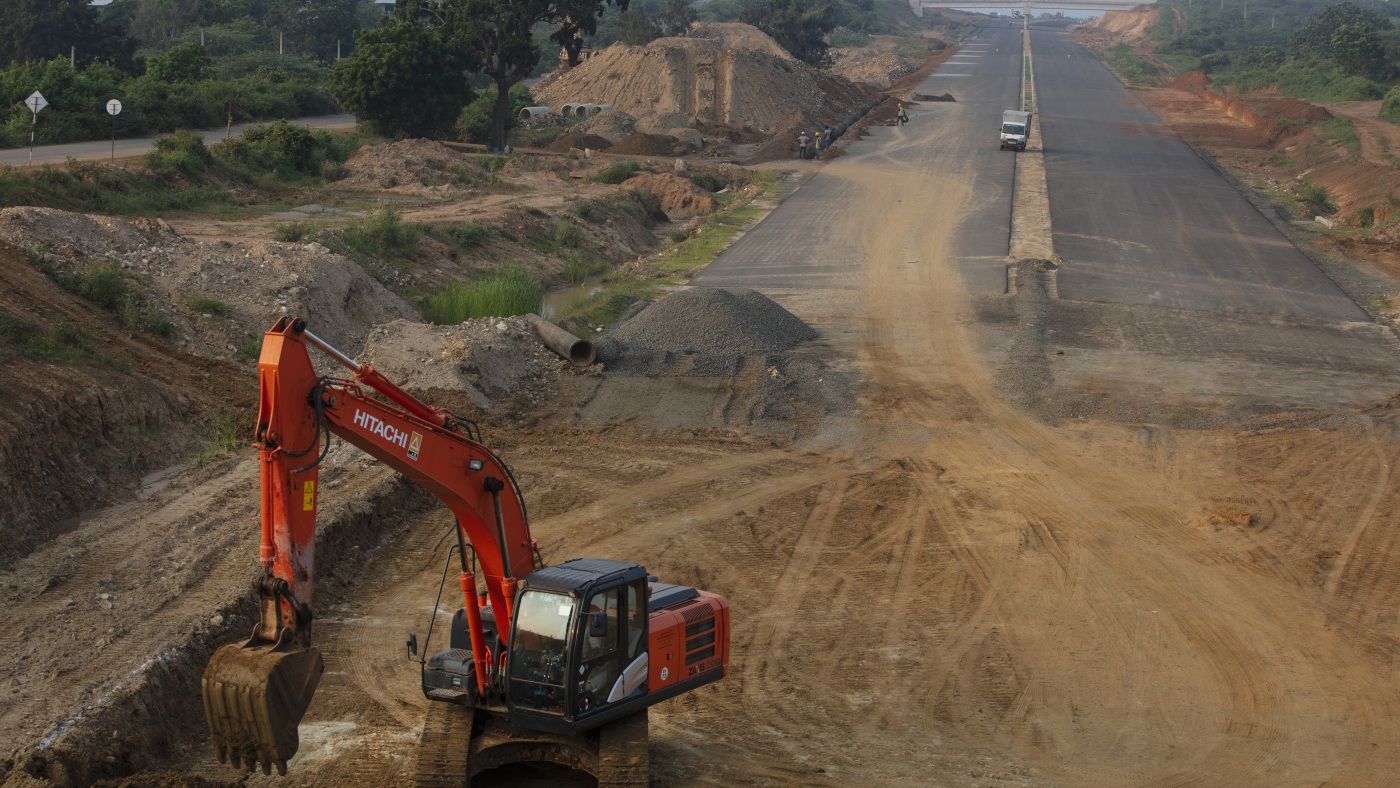China’s Emerging Role: From Banker to the World’s Largest Debt Collector
=======================================================================
Over the past two decades, China has dramatically reshaped its economic engagement with developing nations, particularly through its ambitious Belt and Road Initiative (BRI). What initially appeared as a generous surge of capital investment has now evolved into a complex financial dynamic where China is no longer just a lender but has become the leading debt collector for many of the world’s poorest countries. This transformation carries profound implications for global development, poverty reduction, and geopolitical stability.
The Shift in China’s Lending Landscape
————————————-
Historically, global lending to developing countries was dominated by established Western economies such as Japan, Germany, France, the United States, and the United Kingdom. China’s role was relatively modest in official overseas lending. However, between 2000 and 2021, China ramped up its lending efforts to developing countries considerably, extending approximately $1.34 trillion, much of it tied to infrastructure projects under the BRI umbrella.
By the mid-2010s, China’s lending spree reached its peak. The loans commonly featured grace periods, whereby repayments were deferred to provide breathing space for newly financed projects to bear fruit. Those deferral periods started maturing in the early 2020s. Consequently, developing nations today face heightened debt servicing obligations to China, marking a pronounced pivot from net capital recipients to net debt payers.
The Debt Burden and Its Implications
———————————–
As per recent data, more than a quarter of the external bilateral debt held by developing nations is now owed to China. This accounts for roughly 30% or more of the total debt service payments these countries are making internationally, projected to hit record highs in 2025. Estimated annual debt repayments to China surpass the value of new loans extended, signaling a definitive financial crunch for these countries.
Many of these developing economies—particularly in the Pacific, parts of Africa, and Asia—are grappling with repayment schedules that strain fiscal resources. The financial pressure threatens to stifle poverty alleviation programs and could slow socioeconomic progress. In some cases, the burden risks fostering economic instability or even default, which might compromise not only development prospects but also political stability within debtor states.
Female economic analysts and institutions emphasize that the “tidal wave of debt repayments” is more than a numerical concern—it adversely affects human development indexes. With resources diverted toward servicing debts, governments have less capacity to invest in health, education, infrastructure, and social welfare.
The Belt and Road Initiative’s Double-Edged Sword
————————————————
China’s BRI has been a cornerstone instrument for expanding the country’s economic footprint abroad. Massive investments in transport connectivity, energy infrastructure, and industrial parks are the hallmarks of the initiative. Such projects were intended to catalyze growth by enhancing trade routes and local capabilities.
Yet, the structure of many BRI loans—often opaque, in foreign currencies, and tied to specific projects with uncertain returns—has engendered concerns about ‘debt-trap diplomacy.’ While the phrase remains debated, the risk is real that unsustainable debt loads may compel more developing countries into difficult renegotiations or concessions, impacting sovereignty and economic autonomy.
The looming debt repayments in the mid-2020s expose this tightrope: China must balance the objectives of securing repayment of loans extended while managing diplomatic relationships that could otherwise unravel under financial distress.
Global Financial and Geopolitical Ramifications
———————————————–
China’s transition to a primary debt collector substantially modifies the international debt architecture. Traditional lenders like the International Monetary Fund and World Bank, along with Paris Club countries, now face competition and parallel debt service realities.
Developing countries’ increasing debt share owed to China complicates efforts to manage debt relief or restructuring, due to the less transparent and more bilateral nature of Chinese lending. The high dependency on Chinese creditors also shifts global economic leverage toward Beijing, enhancing its geopolitical influence in regions critical to global trade and security.
Moreover, as these nations allocate a growing proportion of revenues to debt repayments, their reduced economic flexibility may influence international trade patterns, commodity markets, and developmental aid dynamics.
Looking Forward: Navigating Complex Debt Realities
————————————————-
The “new normal” of China as the world’s largest debt collector demands strategic approaches by stakeholders:
– Developing countries must strengthen debt management frameworks, improve transparency, and negotiate repayment terms that align with sustainable fiscal policies.
– China faces a balancing act between recovering its investments and supporting partners’ economic stability, which will require flexible debt instruments, restructuring mechanisms, and perhaps greater cooperation with multilateral financial institutions.
– The global community needs to explore innovative financial solutions to relieve debt distress without undercutting development gains, ensuring that the pursuit of infrastructure and growth does not transform into debt dependency.
Conclusion: Navigating a Transformative Global Finance Era
———————————————————-
China’s evolution from a capital provider to the principal debt collector marks a pivotal shift in global development finance. This new dynamic underscores the complexity of international lending relationships, especially when ambitious infrastructure agendas meet the harsh realities of debt repayment capacity.
For developing nations, the challenge lies in leveraging past investments to generate sustainable, inclusive growth while managing mounting debt obligations. For China, it entails redefining its role from a financier to a credible partner in economic resilience.
The unfolding story of debt between China and the developing world serves as a crucial case study in how large-scale development initiatives can carry unforeseen financial and geopolitical consequences. Stakeholders across the spectrum must engage with this reality thoughtfully to steer toward a more balanced, equitable global economic future.


